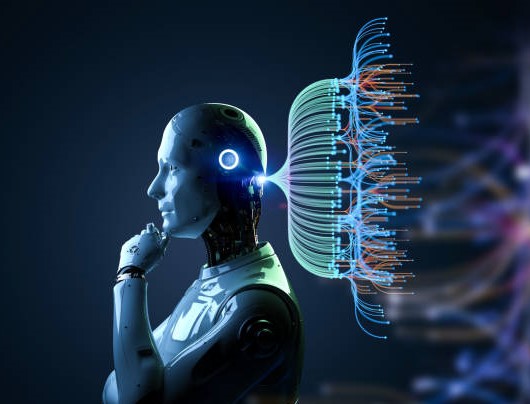Introduction
Artificial Intelligence (AI) has come a long way since its inception, and now it has become an integral part of our daily lives. From voice assistants to recommendation engines, AI has revolutionized the way we interact with technology. However, there is a new term in the world of AI that is creating quite a buzz, and that is Artificial General Intelligence (AGI). But what is AGI, and how does it differ from other forms of AI?
In this article, we will take a deep dive into the world of AGI and explore its intricacies. We will look at the definition of AGI, how it differs from other forms of AI, and what makes it so unique. We will also discuss the potential benefits and challenges of AGI and examine the ethical considerations of its development. By the end of this article, you will have a clear understanding of what AGI is and what impact it could have on our future. So let’s explore the world of AGI and discover what the future holds for this exciting new technology.
What is AGI?
AGI, or Artificial General Intelligence, refers to the hypothetical ability of an AI system to understand or learn any intellectual task that a human being can. Unlike narrow AI systems, which are designed to perform a specific task, AGI systems are designed to be versatile and adaptable and to be able to apply their knowledge and skills to a wide range of tasks and situations.
The idea of AGI is not new and has been the subject of much research and speculation for decades. However, despite significant progress in the field of AI, achieving AGI remains a significant challenge. This is because AGI systems must be able to learn and reason in a way that is similar to humans and be able to make sense of complex and abstract concepts.
While AGI is still largely a hypothetical concept, it has the potential to revolutionize the field of AI and transform the way we interact with technology. Some experts believe that AGI could lead to significant advances in areas such as healthcare, education, and environmental sustainability. However, there are also concerns about the potential risks and ethical considerations associated with AGI development.
How AGI differs from other forms of AI?
AGI differs from other forms of AI, such as narrow or specialized AI, in several ways. Here are some of the key differences:
- Versatility: AGI is designed to be versatile and adaptable, meaning that it can apply its knowledge and skills to a wide range of tasks and situations. In contrast, narrow AI systems are designed to perform specific tasks, such as image recognition or natural language processing.
- Learning ability: AGI systems are designed to learn from experience, meaning that they can acquire new skills and knowledge on their own, without the need for explicit programming. Narrow AI systems, on the other hand, require specific programming for each task they perform.
- General intelligence: AGI is intended to be similar to human intelligence, in the sense that it can reason, problem-solve, and understand complex concepts. Narrow AI, on the other hand, is typically focused on a specific task and lacks the broad range of cognitive abilities associated with human intelligence.
- Self-awareness: Some experts believe that true AGI would be self-aware and conscious, meaning that it would have a subjective experience of the world. This is a level of sophistication that is not present in narrow AI systems.
What makes AGI so unique?
What makes AGI unique is that it is designed to mimic the broad range of cognitive abilities associated with human intelligence. While narrow AI systems are typically focused on a specific task, such as image recognition or language translation, AGI is intended to be versatile and adaptable, able to learn and reason in a way that is similar to humans.
One of the key features of AGI is its ability to generalize from past experiences to new situations. This means that an AGI system can apply the knowledge and skills it has learned from one task to a completely different task, without requiring explicit programming. This ability to transfer learning is a hallmark of human intelligence and is what makes AGI so powerful.
Another unique feature of AGI is its potential for creativity and innovation. While narrow AI systems are designed to follow specific rules and algorithms, AGI has the potential to generate new ideas and solutions to problems. This could have significant implications for fields such as scientific research, where an AGI system could help identify breakthroughs or areas of inquiry.
Thoughts
AGI represents a significant leap forward in the field of artificial intelligence. By striving to replicate the full range of human cognitive abilities, AGI has the potential to revolutionize the way we interact with technology and solve some of the most pressing challenges facing society. However, achieving AGI is a complex and challenging task that will require significant investment, collaboration, and ethical consideration. As we continue to explore the possibilities of AGI, we must approach this technology with a sense of caution and responsibility, ensuring that it is developed and deployed in a way that benefits humanity as a whole. Only then can we unlock the full potential of AGI, and harness its power for the greater good?



